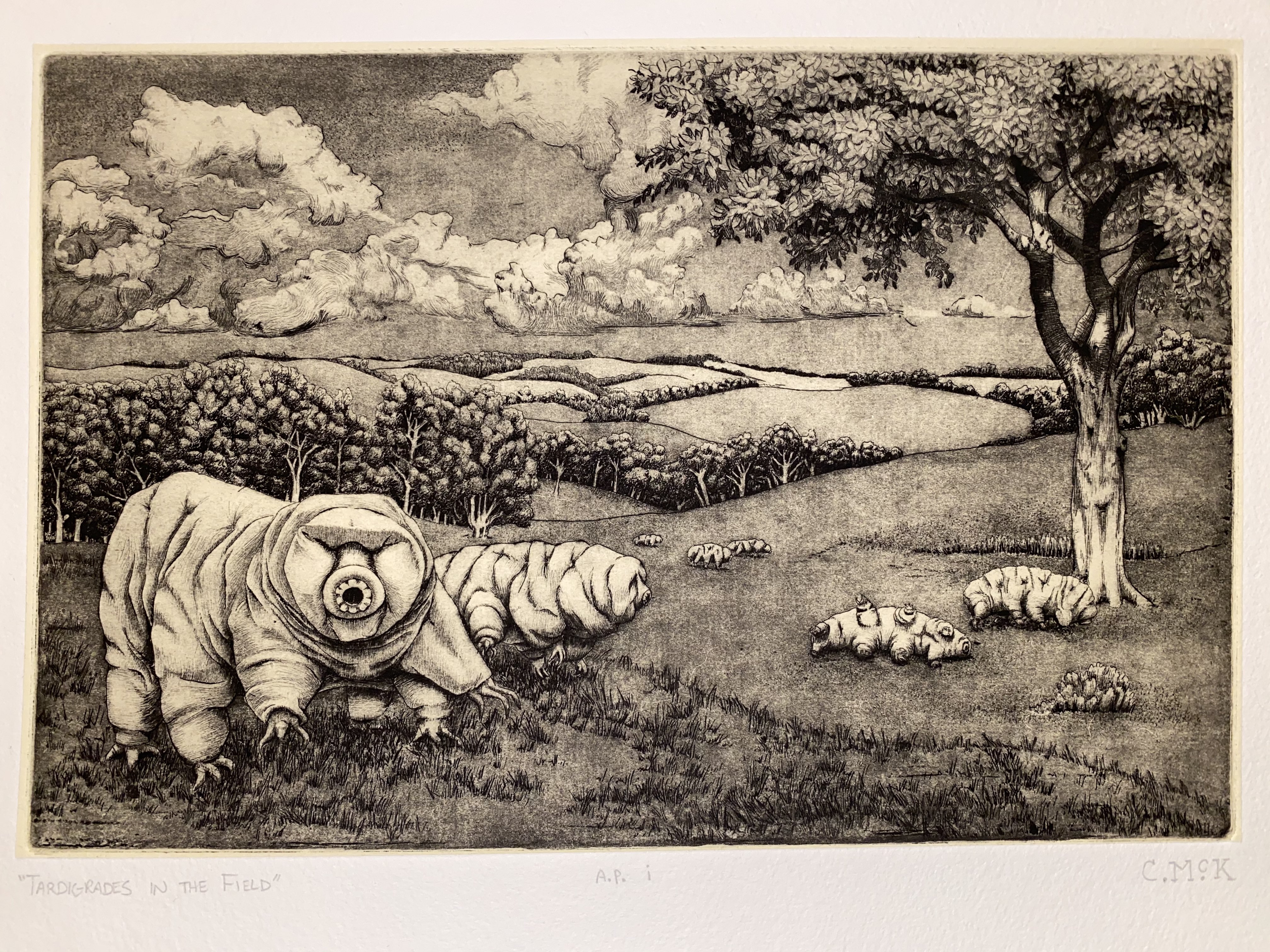Police Violence, Racism, Cupcakes, Weather, a Puppy, and Tardigrade Art!
Wednesday, June 3, 2020Dear Badger #
Dear Badger,
I have been very sad to read in the news about the unjust killing of George Floyd by a police officer. Racism is something that we have tried to "bury in the yard" for too long in this country, but it can be hard to know how to respond as an ally, especially with a pandemic going on. How are you doing with everything that has been happening and what words of wisdom do you have to share with your readers?
--Bumbling Black Lives Matter Supporter
Dear Bumbling Black Lives Matter Supporter,
I only just learned about George Floyd when my parents discussed it with me and it's making me feel sad because the job of police is to keep everyone safe but in this situation they're not keeping people safe, they're actually hurting them. I am angry that racism is still a thing. I'm angry that it wasn't solved ages ago.
I think that white people should open our hearts and our ears to communities of color, especially black communities, because they're not being treated fairly.
A book I read last year that I really loved was Can I Touch Your Hair?: Poems of Race, Mistakes, and Friendship. It is an especially good one because it's about a boy and girl and they're writing partners and they don't really want to be writing partners. One is black and one is white and they misunderstand things about each other. The book shows that even if someone is different they can be kind inside, it doesn't really matter how they look. Listening is really important. Irene was prejudiced against Charles because he's black. She learned that it's good to actually listen to what people have to say and that Charles really wasn't so different from her after all. Charles was worried because Irene was a girl. He learned that girls are not so different too.
I recommend this Black Lives Matter reading list. We gave my 1st grade class Sit In: How Four Friends Stood Up by Sitting Down by Andrea Davis Pinkney and Brian Pinkney. The King County Library System published their eBooks for Talking to Kids about Race and Racism as well. Adults may like the Seattle Public Library's Toolkit for Anti-Racism Allies
Love,
Badger
P.S. I agree! Let's not bury this one in the yard!
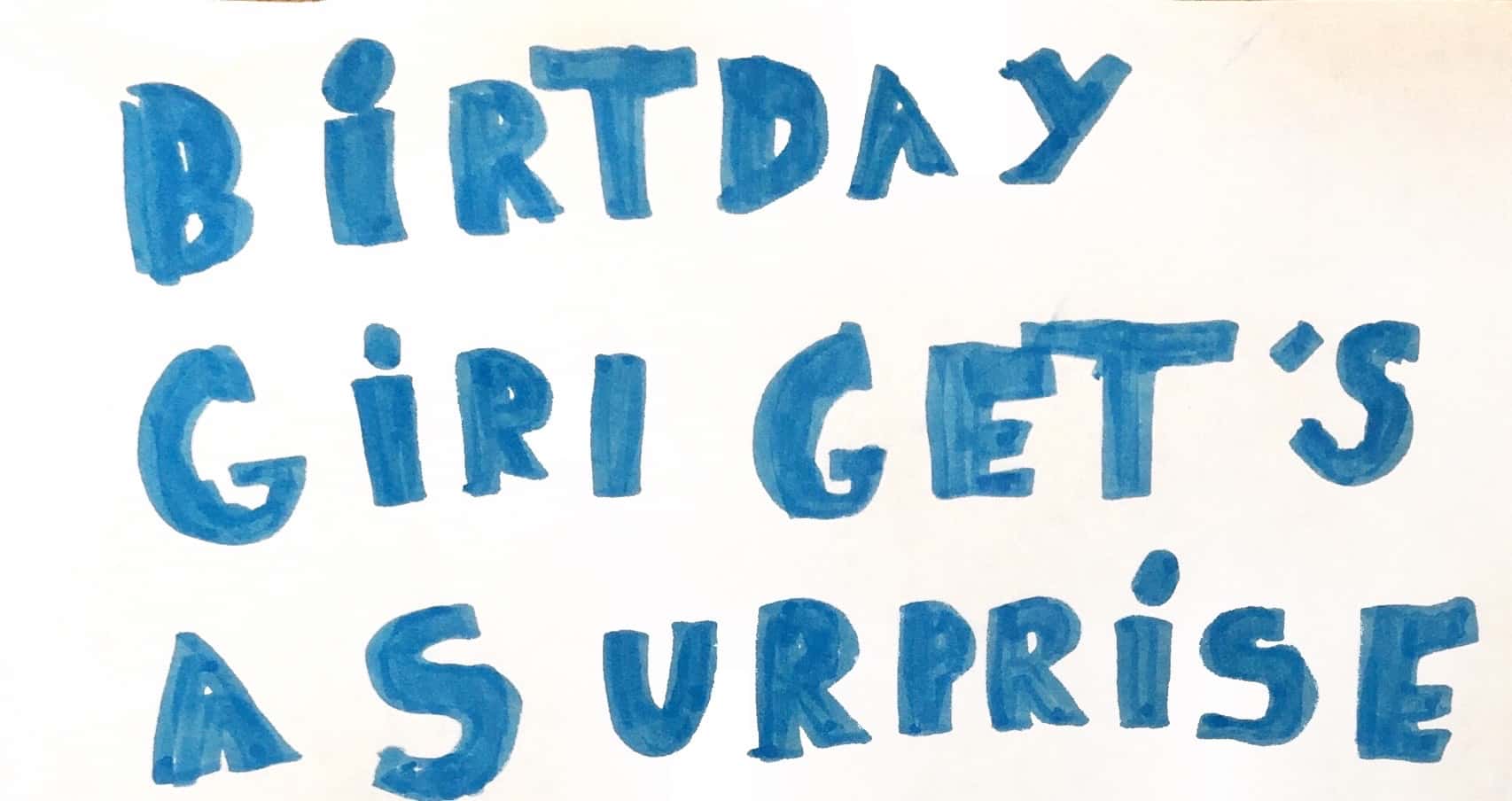 #
#
Breaking news! Gwendolyn, our Editor In Chief, will be 8 years old on June 14th!!!!!!!!🥳🥳🥳🥳🥳🥳🥳🥳🥳🥳🥳🥳🥳🥳🥳🥳🥳🥳 But, one of the best birthday PRESENTS doesn't come on her birthday, it comes TODAY! Because, on June third, today, at 3:00 PM she is having a SOCIALLY DISTANT SURPRISE BIRTHDAY PLAYDATE!!!!!!!! They are going to have choclate cupcakes with rasberry whipped cream frosting, and popcorn, and a surprise game! ( I don't know what the surprise game is. ) ANYWAYS, I, Gwendolyn, am VERY excited about the playdate because Hadley, the person I'm having a playdate with, is my best friend!!!!!!!!!!!!!!!
🥳🥳🥳🥳🥳🥳🥳🥳🥳🥳🥳🥳🥳🥳🥳🥳🥳🥳🥳🥳🥳🥳🥳🥳🥳🥳🥳🥳🥳🥳🥳🥳🥳🥳🥳🥳🥳🥳🥳
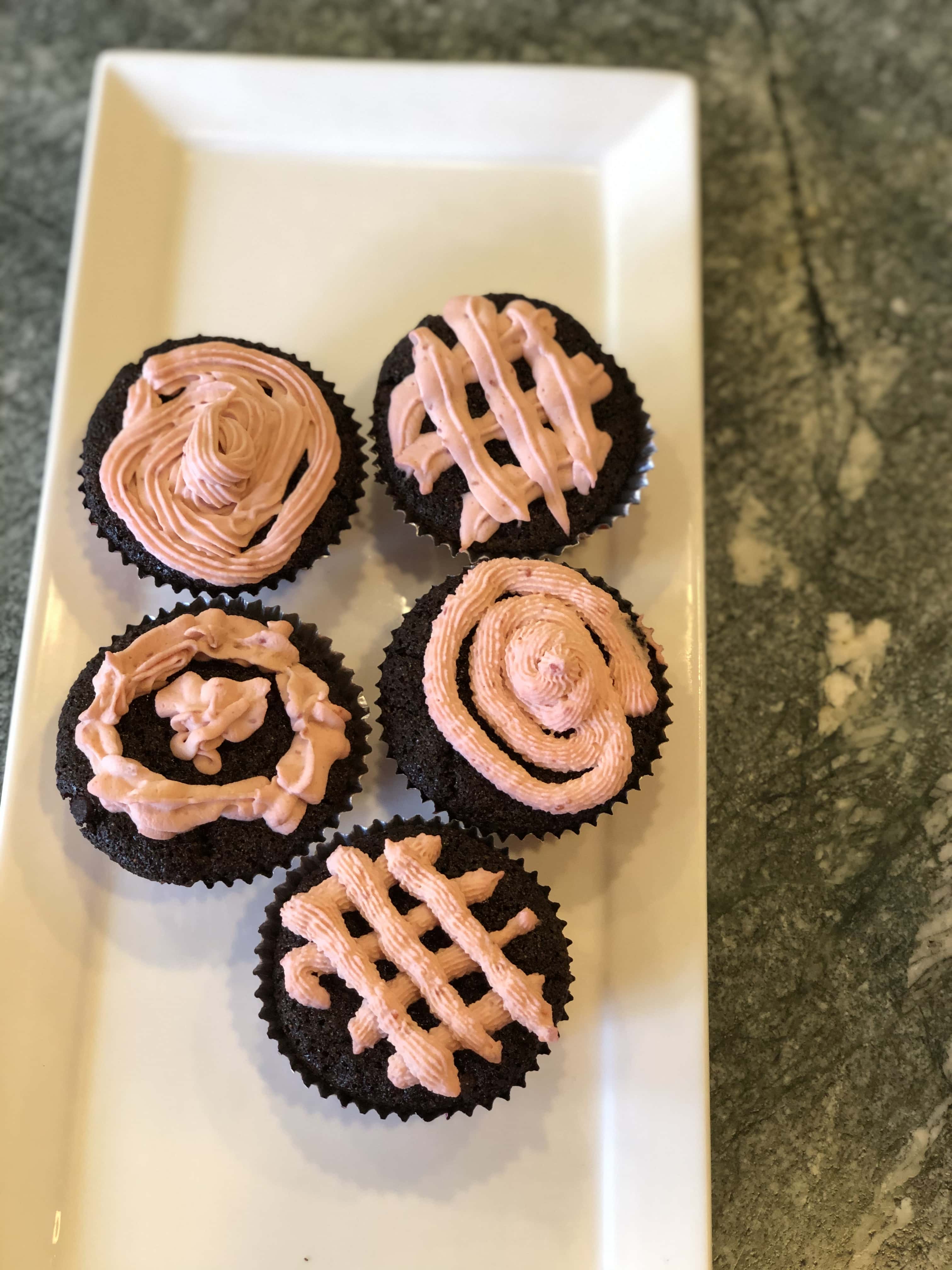
Gwendolyn and her sister piped all of the decorations on the cupcakes!

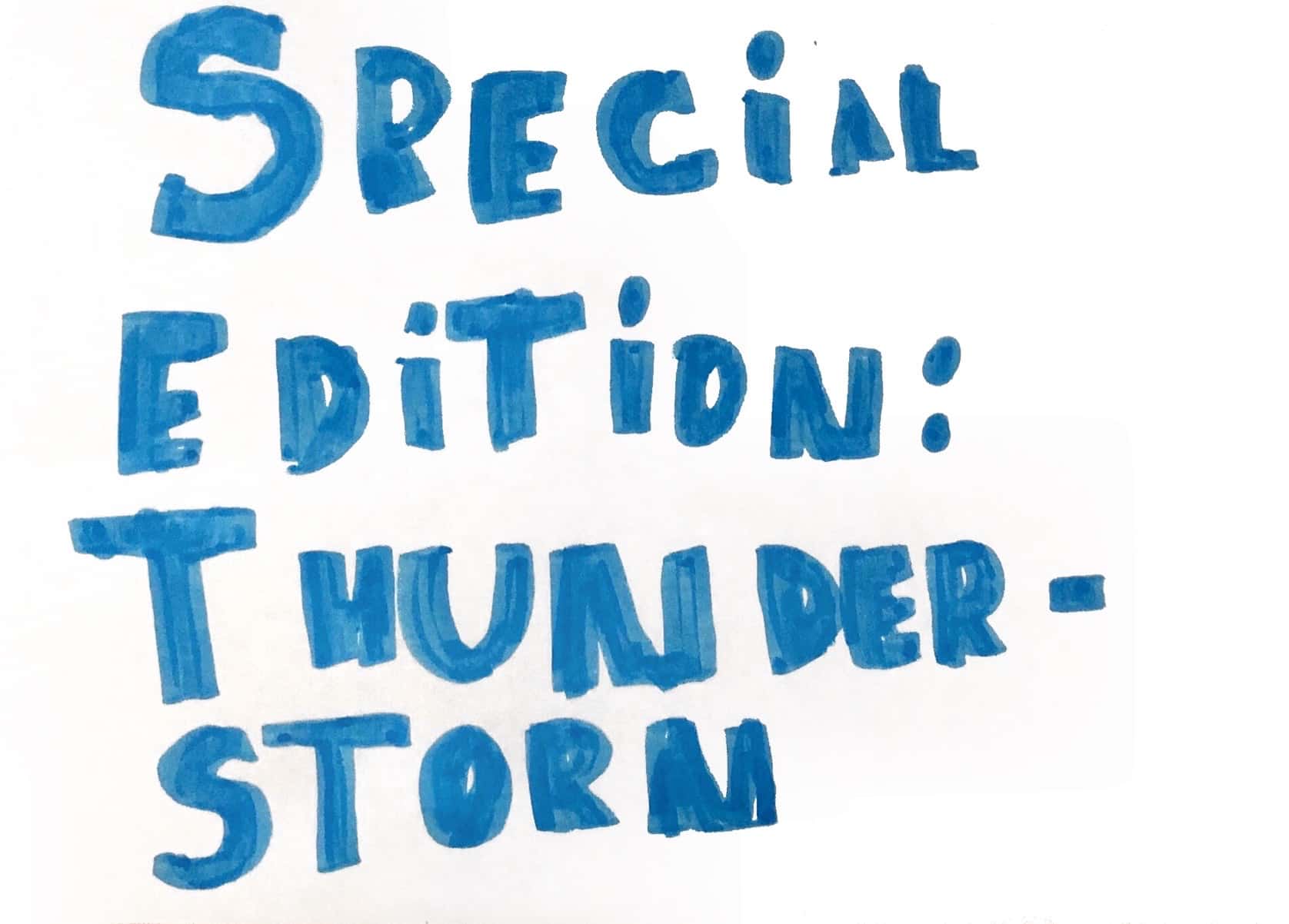
RRRRRUMBLE! " I wonder what that noise was. " I said as I heard the roar outside. A few minutes later, my sister came in. She told me that the rumble woke her up and she had gotten scared. I told her that it was probably thunder, and she agreed. " I thought it was an earthquake. " she said. There wasn't much rain, just thunder. A few minutes later, we all were snuggled up close, reading Garfield. " I wish that thunderstorm lasted longer. " I thought.

Meet Gus, the new puppy on the block! Gus is NOT your typical pup. He is a German Shepard puppy who used to whine and cry at EVERYTHING, but now Gus has found his footing( or should I say PAWING ), and it turns out he is very playful! Rosie( the birders dog ) and Gus are a lot alike, because they are both playful and both eager to meet other dogs, but sometimes Rosie suddenly runs at Gus, and Gus runs away. Thank goodness she's on a leash, or she might get lost chasing after Gus!
(Photo credit: Grammy Carol)
[Note his flopped-over "bonnet ears"; these will perk up when he gets a little older. --Jr. Webmaster]
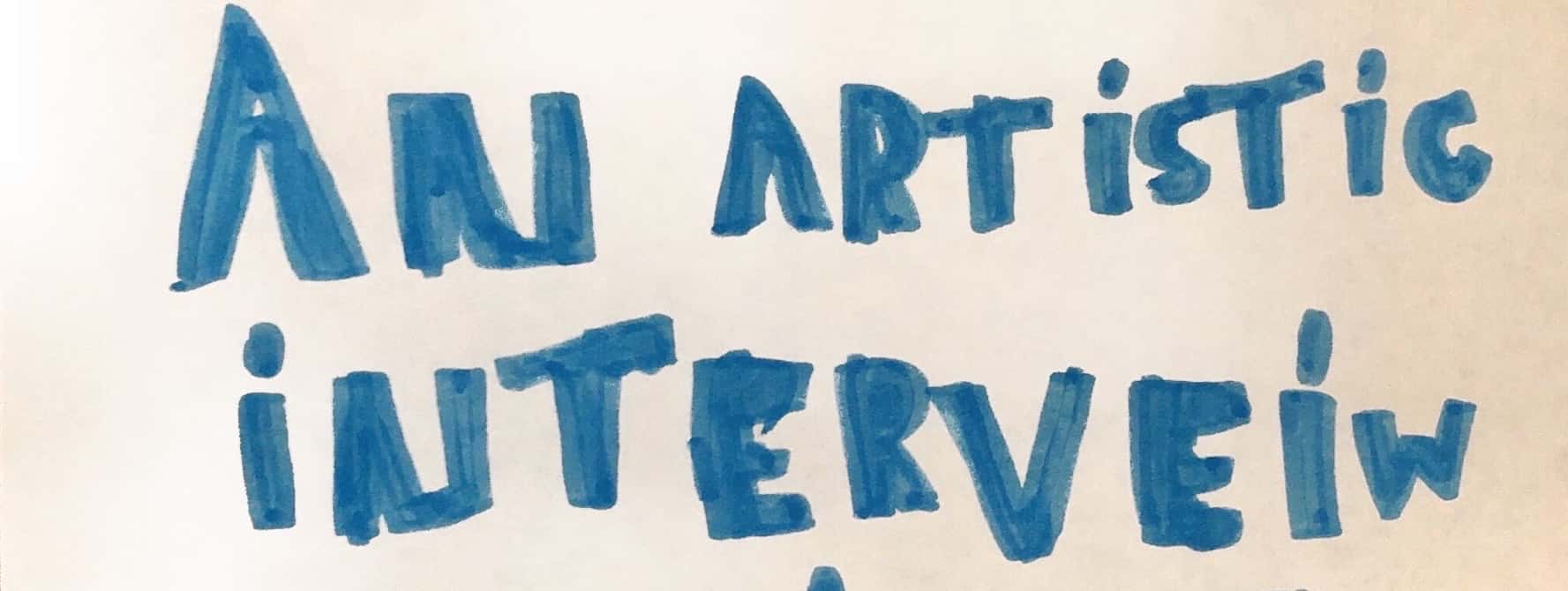
We recently received our first piece of reader art! Cara, a regular reader who used to work with our junior webmaster, sent us a print of this fantastic etching she made. Longtime readers will note how thematically similar it is to this piece of Gwen's short fiction:
(Note: You can click to see a higher-resolution version, but even that won't do justice to the detail of the original.)
We thought this was incredible on many levels, and were able to arrange an interview with the artist!
Origin of the Artist #
Gwen: When did you start making art?
Cara: Oh boy! I don't remember. It's been so long. I've always been artfully inclined, making drawings from an early age. I don't remember if there was exactly a single point in time when I decided to make art, but art class was always my favorite class as long as I can remember. I loved drawing and I used to keep sketch books all through [being a] kid and growing up and kind of kept up with it.
G: What kinds of art do you do?
C: Right now I've been focused on print-making, so the etching of the tardigrades is a form of print-making and it's a pretty old format of art, people have been doing it for centuries.
G: Wow! That's a long time!
C: Yeah! I got into it because my great-great-grandfather was an etcher, so we have some etchings in our family and I was visiting my mom a few years ago and I was looking at the etchings that she has up on the wall and I was thinking "It'd be really cool to figure out how to that, how to make these". So I ended up taking an etching course at Pratt, which offerns local community art classes. I learned how to do etching and have stuck with it, and it's kind of fun. It's like a science experiment almost, because there are so many weird chemicals and processes involved. Mostly just drawing--drawing is where it started, and etching uses drawing skills so they're kind of similar things.
Etching Technique #
G: Can you tell us more about the etching technique, including how to pronounce "intaglio"?
C: That's pronounced in-tal-yoh I think. Traditionally copper plates are used, and basically the copper plate is covered with a thin layer of wax. Then you use a small fine point, like a needle (or something else that's really small) to scrape away the wax, and so the areas that you scraped away are now exposed to the world. Then you dip the plate in what they call a mordant, which is kind of like an acid but not quite. It has a chemical reaction with the copper...basically it eats away at the copper that was exposed, so everywhere where you drew into the wax now becomes engraved in the plate. That's the first step. The second step is that you cover the plate in ink when you are ready to do your printing, and then you carefully wipe off the ink, so that the ink is only sitting in those little lines that you etched into. Then you put it through a really high pressure printing press. The ink gets transferred onto paper that you put on top of the plate and put through the press. It's a bit of a process.
G: That is actually interesting! What do you like about etching?
C: What I love about etching is the level of detail you can get. So with a normal printer that you hook up to your computer the resolution is only so detailed and you get blobs of color and you can't really get fine, tiny lines. With etching it's kind of cool, because you can make these hair-thin lines and add the tiniest little details. That's always the kind of drawing that I've liked to do, too, so it's a good medium for me. The other really cool thing is that with a normal drawing, you draw it once and that's the only drawing that you have. You can scan it in and print it out but if you print it out from your computer it's never going to look as nice as the original drawing. With print-making and etching, you can make many copies of your artwork. So with the tardigrades print that I have, I plan on making about 20 copies. It's nice, because you can make multiple pieces of art and share it more widely with people, instead of having the one thing that you give to somebody, and then it's gone forever and you never see it again. So that's fun too.
The Subject #
G: How did you get the idea for the tardigrade picture?
C: Good question! I had been kind of interested in this idea of alien worlds around us. People are always fascinated with the idea of extraterrestrials or aliens or different beings and I think it's really interesting that at the microscopic level on our own planet there's all these little creatures that we don't know exist or that are like weird little aliens.
G: Yeah, tardigrades do look quite strange.
C: They do! So I had been thinking about making some picture about that and so I was googling microscopic creatures and things and there's all sorts of crazy little creatures out there but tardigrades are pretty cool. I liked that one of their other names is water bears, which is cute. And they look like little huggable cows or creatures or something and so then I thought it would be fun to make a picture of them grazing in a field like they're normal animals that we'd see every day
G: Like horses!
C: Exactly! So when I read your story, I thought, "How funny, I have this picture that is very similar thinking!"
Evan: Did you consider any other kinds of subjects or microscopic things?
C: There are zebrafish embryos. They look super goofy, like little Muppet fish. They're not as cute as the tardigrades, they're a little bit more creepy. They look super weird. And there's also bluebottle larvae or something, or some kind of bug larvae that looks like a really weird googly-eyed walrus. I was thinking about making a picture of one of those like it was a walrus, and having tourists standing on a seashore and observing these googly-eyed walruses, but we'll see. I think it would be funny.
G: What did you use as a model for the tardigrades? How did you get it looking so much like a real tardigrade?
C: I started with Google image search. I can't overstate how useful Google image search is in making art and finding references. So a lot of initial image searches and getting used to the idea of what a tardigrade looks like. It seems like it has like about 8 legs, and a little round snout thing. Then usually I'll make an initial sketch based on those images, and from there I'll sometimes go by reference, and sometimes based on how light falls on objects--if it's a round object, then from the top it'll be lightest on the top, just kind of using understanding of how light falls and where shadows would be, mostly based on geometry. It's a little bit made-up. I had to imagine a little bit what they might look like.
G: What do you like about tardigrades?
C: Tardigrades are super cool! Obviously it's cool that there are these tiny creatures that live around us that we don't even know, that we can't see. But tardigrades in particular are pretty cool, because they can survive environments that not many creatures could survive.
G: They can survive in space!
C: Exactly! So they've survived space and come back and are still alive. They survive in really strange environments.
G: I've learned something from a book I have called The Wonders of Nature. There's a section called "Microscopic Life" and there are tardigrades in it and it says that if a tardigrade is in danger, it cuddles into a small package called a tun. Weeks, months or even years later when it is able to come out, it does and it walks off like nothing has just happened.
C: Wow. That's crazy; that's awesome.
Advice for Artists and Conclusion #
G: Do you have any advice for other artists if they want to try etching?
C: I would say taking a class is a good start, like at Pratt, or at other schools that offer that kind of thing. Etching involves a little bit of dangerous chemicals, so it's hard to get set up. Because of all the equipment involved and all of the chemicals, most people will probably have to go to another printing studio or a school to learn, because it's really hard to set that kind of stuff up at home. There are some tricks to that. Taking a class is a good start. There are also other forms of printing that are easier to start with or easier to do. Like woodblock printing or other things that don't really involve heavy machinery or corrosive chemicals. That would be a good place to start. There is also a form of etching that's called dry point, which doesn't involve the acid or the chemicals. It's just taking the needle and carving directly into plexiglass or something. And so it has a little bit different quality of lines than the normal etching does, the lines are a little bit softer and look more like a pencil drawing, but it's still hard because you need a press. The presses for etching have to be really high pressure. I have a tiny press at my home that can do a maximum of 16x20 inch paper and it weighs 250 pounds, so they're really heavy and pretty expensive. That's also a challenge with etching. Etching is unfortunately not the most accessible form of print-making, but there are a lot of communities in Seattle that can help support print-making of various kinds.
G: Is there anything else that you want to say about your art or tardigrades?
C: I would say that one of the most important things I've learned with etching, and this sounds cliché, is to not give up. With almost every single etching I make, there's a large amount of time in the beginning where I'm trying to make it look right, and I'm going through revisions and really working at it, and it just feels like it's not going to work, and the image isn't going to come through, and it's not going to look the way I want it to. And there's always this point, every time, where finally something just works and it clicks, and all of a sudden there is the image. So it's like being lost in the woods, and then you finally find the landmark you were looking for, and then it's like "Ah, I'm safe". You have got to keep at it and keep faith that your piece of art will eventually come through.
E: How long did it take you to make this one?
C: The tardigrades etching I probably put about 40-60 hours into. This one in particular was very much a plate where I was trying various things and nothing seemed to be working, and just doing like attempt after attempt after attempt. There was a point where I was like, "I just don't know if this one is going to work out," and then I finally made one tweak and tried it again, and all of a sudden it just all snapped into place and came together. Sometimes they're really fussy and you have to keep working at it.
Laurel: What do you do if you make a mistake? Do you have to start from scratch or how do you fix a mistake? Can you put more wax on it or something?
C: Great question! In my experience, it might just be the way that I work. I tend to underdo it all the time. Whenever I'm etching, almost always my lines end up being lighter than I intended them to. Because I end up doing so many revisions even the mistakes don't make that much impact because I didn't do it heavily enough. Then I get the chance to reinforce the areas that I do want and ignore the parts that didn't look right. There are ways to correct [bigger] mistakes. There's a tool called a scraper, where you can actually scrape and wear down places in copper. If you have a line that you don't like you can literally scrape the copper off. You'll get a little bit of a dimple in it, but as long as you smooth out the edges, and as long as it's not super deep it should still print fine. There are some ways that you can smooth and carve things out. It's really laborious though, so I try to avoid that.
L: More like Bob Ross, just make a feature out of any mistakes?
C: Exactly. I was going to say sometimes mistakes are happy mistakes where you just kind of have to roll with it and go with what the image wants to do.
Thanks for asking about my art. I'm always happy to talk about my weird hobbies for people who will listen!
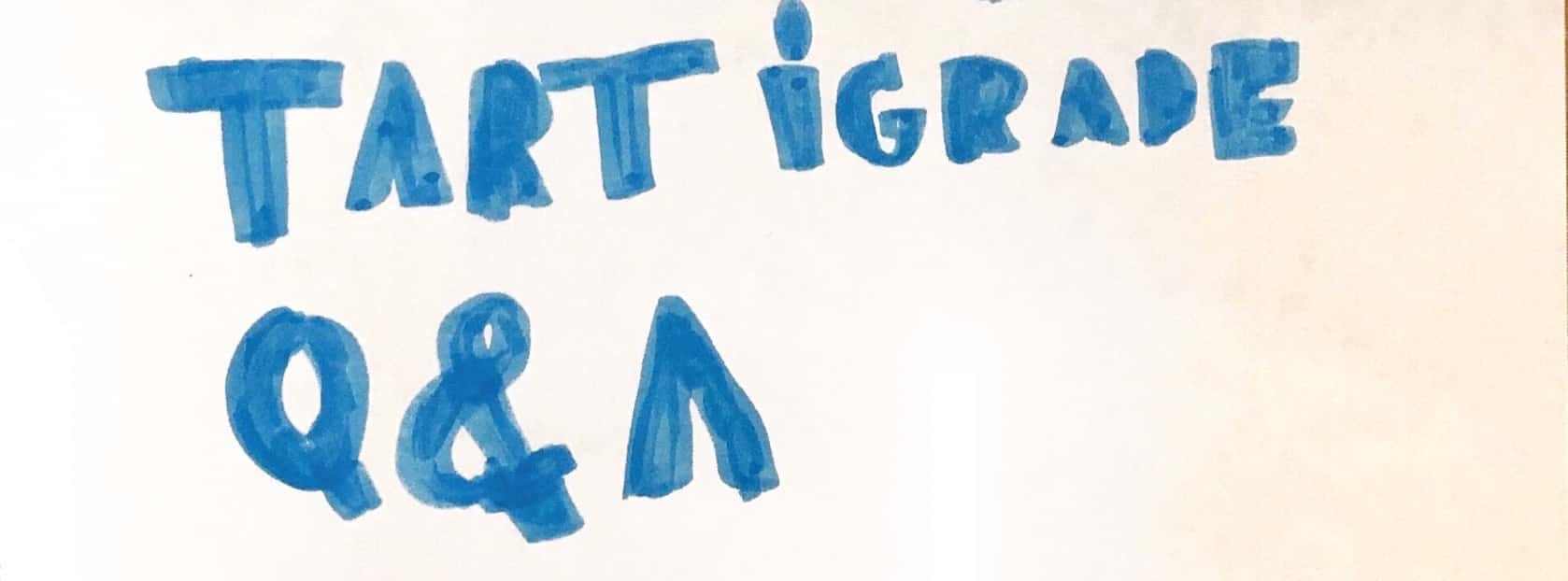
Q: Can tardigrades survive in space?
A: Yes. Tardigrades can survive in almost any situation.
Q: How big are tardigrades?
A: Microscopic
Q: Where do tardigrades live?
A: Hence their other name, WATER bears,they live near water.
Q: Anything else you want to say?
A: Not really.
from our co-reporters #
Jokes to laugh by! #
Q: What do elves learn in school?
A: The elf-abet.
Q: Where do pencils go for vacation?
A: Pencil-vania.
Q: Why did the girl smear peanut butter on the road?
A: To go with the traffic jam!
Q: What do you call a fake noodle?
A: An impasta!
Q: Why couldn't the pony sing himself a lullaby?
A: He was a little hoarse.
Q: What kind of lion never roars?
A: A dandelion!
The Daily Birder aka The Daily Ex-Sight-Ment #
No new species in our yard this week, but it was fun to see young, begging Black-capped Chickadees and young Song Sparrows with downy-bits sticking out here and there.
But what about birds and ants? Because many ants defend themselves with formic acid, most birds don't find them tasty. However, it is not unusual to see Northern Flickers pecking away at a trail of ants, gobbling them up like a spicy treat. The most intriguing relationship between ants and birds is a behavior known as anting. Anting takes place when a bird finds an ant hill and sits on it with its wing and tail feathers spread out. The ants defend their nest by climbing all over the bird and spreading formic acid all over the feathers. Sometimes the bird grabs one ant after another and rubs it through its feathers, as if it's applying conditioner. People have observed birds using millipedes, bombardier beetles, marigold flowers, mothballs, lemon and lime rinds, and even cigarette butts in anting behavior. All of these things contain chemicals that are toxic to mites and other tiny parasites. Often anting behavior takes place when birds are molting old feathers and growing new ones. Perhaps the birds find the chemicals soothing to irritated skin. If you see a crow, jay or robin sitting quietly on an ant hill, look to see if there's some anting going on. And if you spot a Northern Flicker pecking at a sidewalk or a lawn, check to see if it is enjoying a tasty insect with a dash of formic acid.
Annotations #
Socially Distant Surprise Birthday Playdate: #
We thought long and hard about allowing a play date, as we want to keep everyone safe and we want to show them that we respect data-driven health and safety guidelines. Both families agreed that the risk was extremely low given how well we've been self-isolating for months now. They were outside the whole time and they were able to keep a reasonable distance even if it was a bit less than 6 feet at times.
--Gwen's parents
